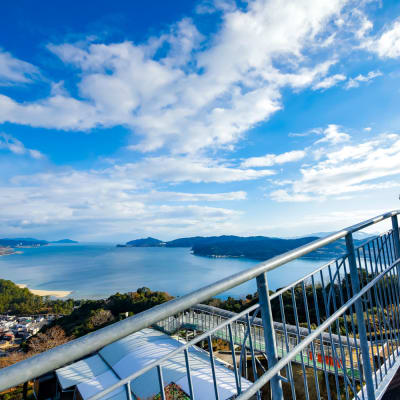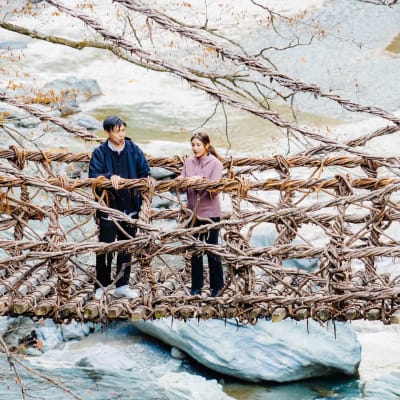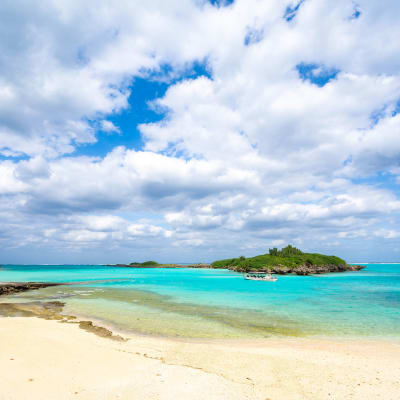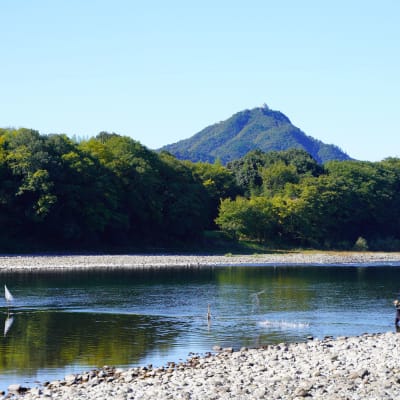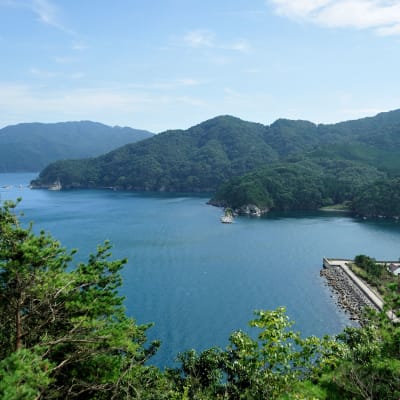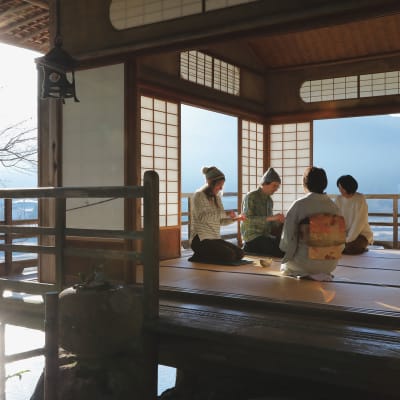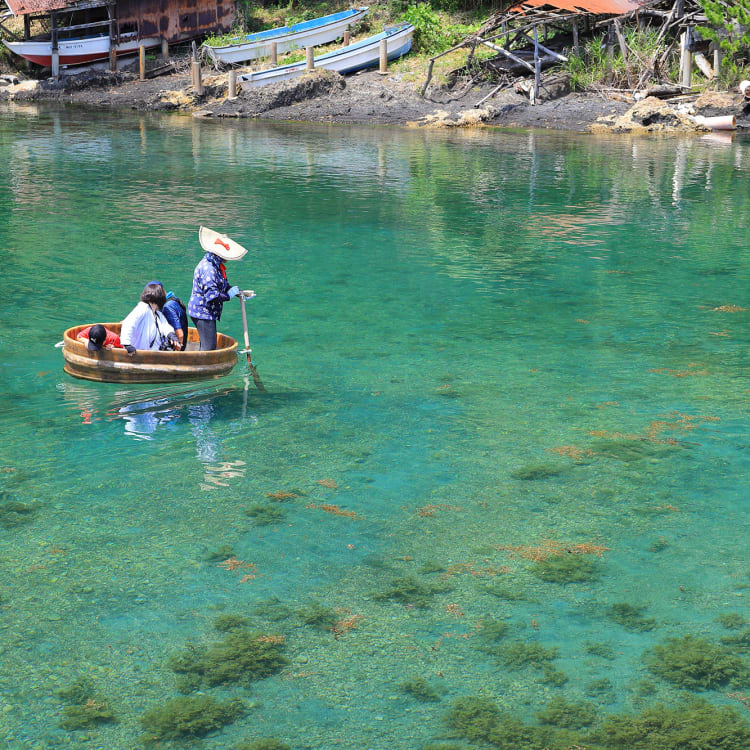
Sustainable Destinations Traditions and Customs: Preserved Heritage on Nature-Rich Islands
Examining challenges like overtourism, it’s clear that sustainability is gaining importance as a key factor in evaluating tourist destinations. Let’s take a closer look at Sado and Okinawa, two remote islands separated from mainland Japan. These places have not only cultivated unique traditional cultures but have also embraced their distinctive natural environments and geographical conditions. The strong sense of coexistence with the natural surroundings, handed down through generations in their communities, is closely linked to the concept of sustainability. In recent years, this aspect has added to the appeal of these destinations for tourists.
Sado (Niigata)


Sado Island, belonging to Niigata Prefecture, is the largest island on the Sea of Japan side. You can reach it through regular ferries connecting Niigata Port and Naoetsu Port on the mainland with Ryotsu Port and Ogi Port on Sado Island. The island has a rich history, flourishing in mining from the early 17th century with the discovery of gold and silver mines until their depletion in the late 20th century. Today, it’s a popular tourist spot where you can encounter new discoveries and excitement, thanks to its unique geographical environment that has fostered distinct history, culture, nature, and ecosystems.
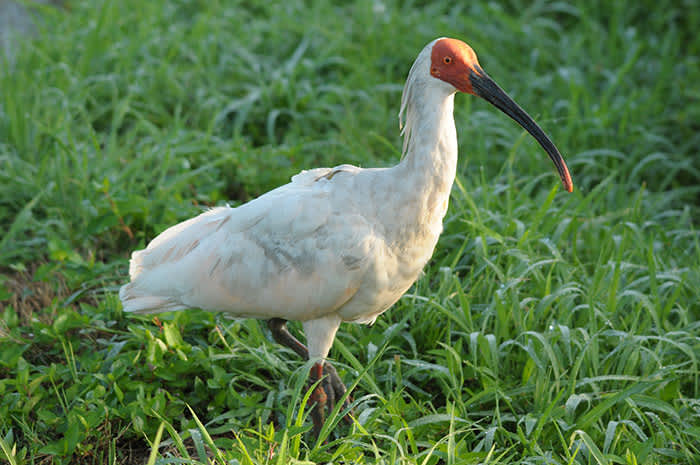
In Sado’s sustainability initiatives, the Japanese crested ibis, a designated natural monument, plays a crucial role. Once widespread throughout the country, the population of these beautiful birds faced a sharp decline due to over-hunting, deforestation, and pollution, ultimately making Sado their last remaining habitat. Conservation and breeding efforts for the wild crested ibis began in 1981, but by 2003, the species had sadly gone extinct in Japan. Thankfully, through artificial breeding using crested ibises donated from China, which started in the 1990s, the release of these majestic birds in Sado began in 2008. The confirmation of natural breeding in 2012 marked a significant milestone in their conservation.
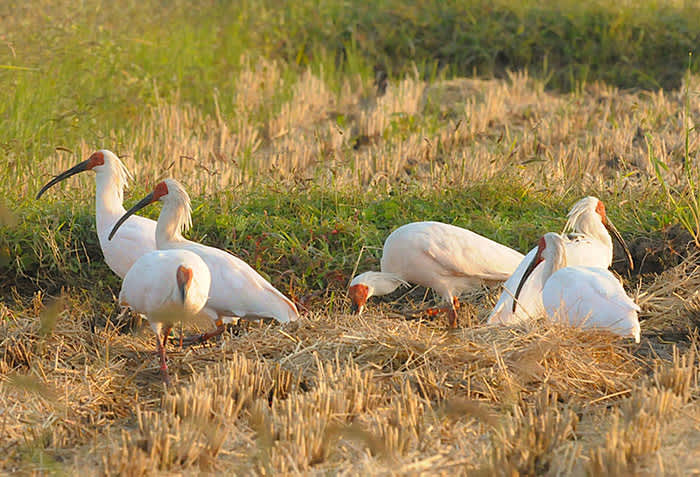
Behind this notable achievement lie the collective efforts of many individuals. Sado City, in collaboration with the Ministry of Environment, crafted the Crested Ibis Reintroduction and Environmental Regeneration Vision for the Sado region. Their primary focus has been on preserving an environment conducive to the natural habitat of the ibis. Moreover, Sado City has implemented guidelines for coexisting with the Crested Ibis and has intensified educational and guidance initiatives for both locals and tourists. Additionally, they actively champion sustainable practices, including the availability of environmentally friendly electric-assisted bicycles for rental.
For those eager to witness the majestic Crested Ibis of Sado and learn about conservation efforts, guided tours are readily available. Led by certified guides, these tours unfold in the early morning, offering the optimal chance to observe the ibis in their natural surroundings.
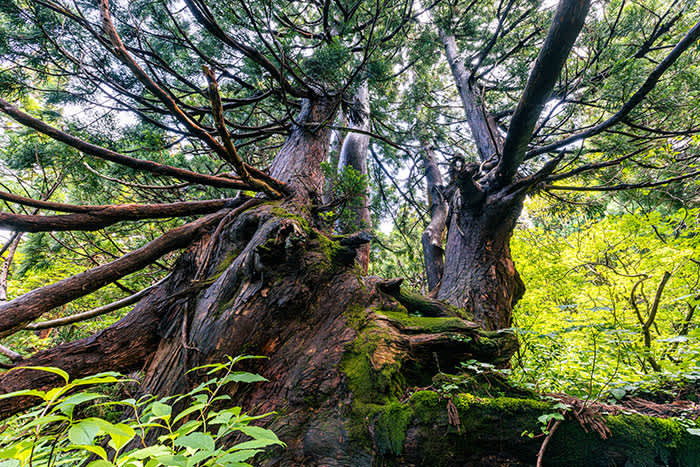
The natural allure of Sado Island extends beyond its famous crested ibises. In the heart of the Osado Mountains are magnificent groves of cedar trees, preserved for centuries. Activities such as guided trekking tours through these mystical, ancient forests allow visitors to fully immerse themselves in Sado’s pristine wilderness.

For exploring the island, we highly recommend renting an electric-assist bicycle to minimize environmental impact. Those feeling physically fit may opt for the challenging Sadoichi bicycle route that circles the island.
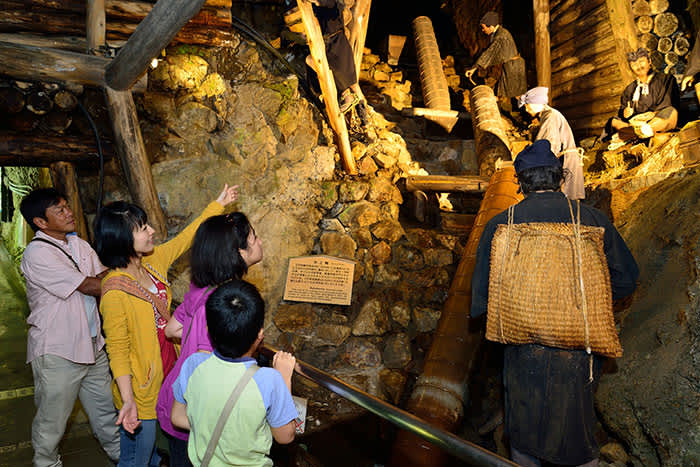
Sado’s rich heritage, stemming from its once-thriving gold and silver mining industry, also serves as a significant tourist attraction. The island boasts numerous historical sites and museums, including the notable Sado Nishimikawa Goldpark, where visitors can immerse themselves in the engaging experience of gold panning.

Sado Island is renowned for its lively traditional performing arts, flourishing harmoniously with its abundant natural surroundings. Among these, Oni Daiko (Demon Drumming) stands out as the most iconic. This captivating performance showcases robust drumming, complemented by fervently expressive dancers adorned in demon costumes. The rhythmic beats of the drums create an immersive experience, offering a unique window into the cultural tapestry of Sado.

Tarai-bune boats are traditional round wooden boats used for fishing and seaweed harvesting along the complex and rocky coastline. In recent years, they have evolved into a popular activity, providing tourists with the chance to partake in this unique and traditional experience.
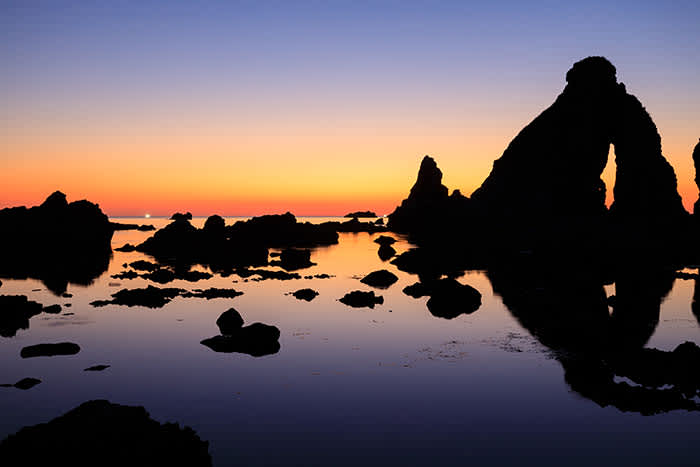
In Sado, where sustainability in tourism is a key focus, a unique system awaits visitors. Here, you can not only experience the diverse charms of the region but also actively contribute to the preservation of nature and the local community. Why not embark on a more meaningful mode of travel, delving into the region’s history, traditions, and sustainable living practices, rather than settling for a typical vacation? It’s a chance to make your journey not just a getaway but a purposeful exploration.
Links
Okinawa


Okinawa is one of Japan’s premier resort destinations, popular with both domestic and international visitors. Located at the southernmost point of Japan, it is blessed with a rich natural environment unique to its subtropical climate. Not only are its beautiful seas and lush vegetation part of its natural landscape, but Okinawa’s unique traditional culture, derived from historical roots different from those of the mainland, is also a major attraction. In Okinawa, various efforts are being made to protect valuable tourist resources, from natural wonders to cultural heritage, in the interest of sustainability.

Among Okinawa’s traditional cultures, karate and kobudo (weapon-based martial art) have attracted international attention. In Okinawa Prefecture, various initiatives are being taken to preserve, pass on, and develop karate. Since 2018, the Okinawa Karate Promotion Vision Roadmap has been established. It includes the introduction of related facilities and the provision of karate tourism programs for overseas enthusiasts. With a strategy that considers the global perspective, Okinawa is protecting and perpetuating karate as an intangible cultural asset.
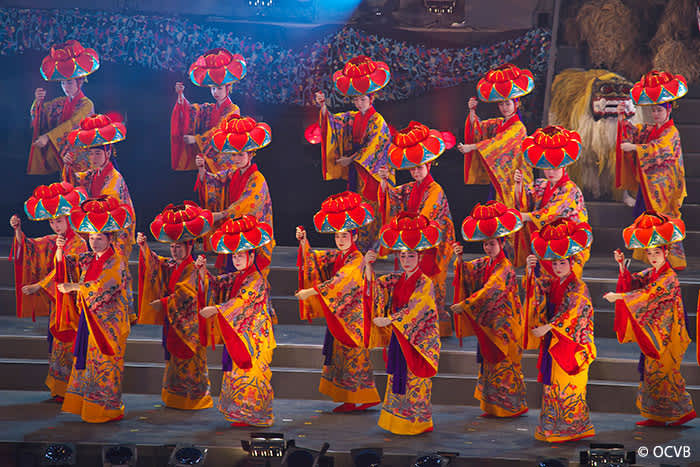
Okinawa also provides numerous opportunities to explore traditional performing arts like Kumiodori and Ryukyu Classical Dance, which vividly transport the ambiance of the Ryukyu Kingdom into the modern era. Dance performances featuring lavish traditional costumes and the resonating sounds of traditional instruments offer a moving experience, allowing you to step back in time to the once prosperous era of the Ryukyu Kingdom.

To preserve and pass on Okinawa’s rich cultural heritage and performing arts to future generations, activities such as nurturing young performers, organizing performances within and outside the prefecture, and supporting traditional performing arts groups play a key role in cultural promotion and are essential elements in the pursuit of sustainability. It is through these diligent efforts that Okinawa’s diverse and vibrant traditions are ensured for preservation.

Okinawa’s captivating subtropical nature, teeming with diversity and a unique ecosystem, is undeniably one of its greatest attractions. Dive into a range of marine activities in its breathtaking seas, and consider exploring the Yambaru area, designated as a UNESCO World Natural Heritage Site, for an immersive nature.

As a designated national park celebrated for its distinctive regional culture, the Yambaru area presents a myriad of unique adventure activities. Embark on an exploration deep into the expansive jungles, which house endemic species like the Okinawa Rail and the Yambaru Long-armed Scarab Beetle, through an immersive observation tour. Indulge in a rejuvenating forest bath, savoring the tranquility of the surroundings. Enveloped by pristine nature, a special moment of unity and serenity awaits.

Okinawa’s culinary culture, cultivated amidst its rich history and natural surroundings, adds to its allure. At Yambaru Hotel Nammei Shinshitsu, a renovated traditional house in a village with a 400-year history, there are programs that enhance interactions with the people of Okinawa through food. These offerings include breakfasts prepared by local mothers and services that guide guests to popular local restaurants and cafes.

Exploring the world of traditional crafts, deeply intertwined with Okinawa’s way of life, is key to truly understanding the essence of this vibrant island. Beyond just observing, you can actively participate by trying on traditional Okinawan attire called ryusou or experiencing the thrill of riding traditional wooden boats known as sabani, traditionally crafted by local fishermen. Engaging with Okinawa’s nature, cuisine, and traditional crafts opens up a world of learning and discovery.

Okinawa has nurtured its unique culture in tandem with the abundant gifts of nature since the ancient Ryukyu Kingdom era. However, the glimpses shared here only scratch the surface of its allure. Why not embark on a journey to explore the countless charms of Okinawa, yet to be discovered?
Links




















































